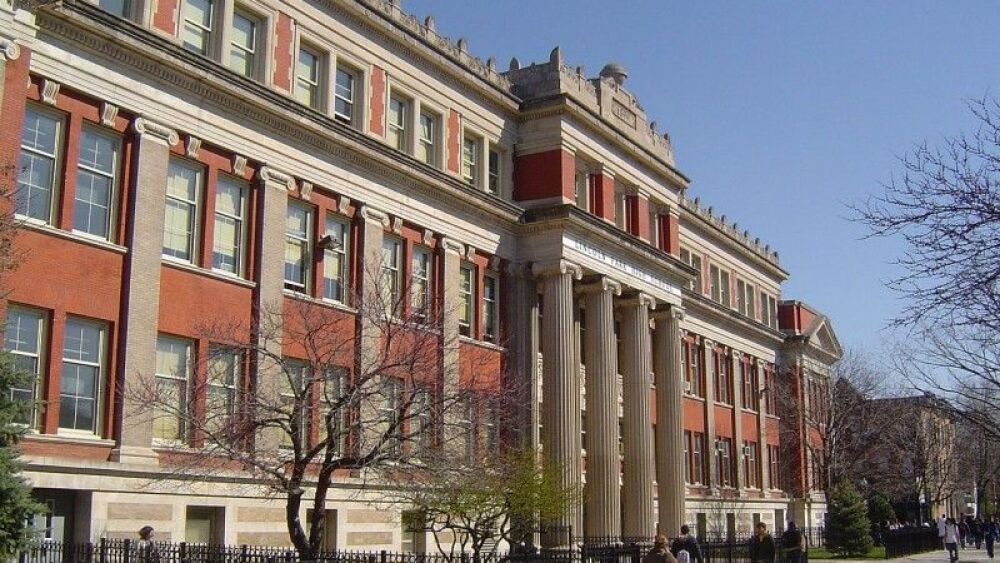What Happened?
Many organizations are working with city agencies to improve conditions in low-income, underserved neighborhoods. These initiatives focus on education, economic development and access to resources.
One San Diego
One San Diego, a nonprofit, is working with city leaders and resources to boost education initiatives in underserved neighborhoods throughout San Diego. The nonprofit will be allocating grants and other funding opportunities to organizations working with the at-risk population.
One San Diego’s mission is to close the gap between affluent areas of San Diego and less prosperous ones south of Interstate 8. The nonprofit organization wants to use grants to support community building and education programs, as well as incentives for small businesses to set up shop and boost economic growth and opportunity.
Currently, the nonprofit – which is led by several city leaders – is providing 60 laptops to the San Diego Library’s after school program. Ensuring students have access to important educational resources is a vital step toward creating equal opportunities throughout San Diego. The nonprofit wants to support growth and development in low-income neighborhoods through programs focused on academics and economic sustainability, UT San Diego reported.
Thrive Chicago
Chicago has adopted a collective impact model to ensure residents have access to opportunities throughout their lives. The Thrive Chicago initiative creates a cradle-to-career continuum of services provided by:
- Government agencies
- School districts
- Nonprofit organizations
- Faith-based institutions
Each project within the collective impact model is working toward the same big picture goals of keeping youth safe and on the track for academic and professional success. More than 150 organizations across various sectors are collaborating on the project and share a vision and mission. The city will continually measure the efficacy of the projects based on 34 indicators of student success.
We Are Mantua!
In the Mantua neighborhood of Philadelphia, the poverty rate remains around 50 percent. Residents have limited access to quality education or resources, while public safety and unemployment remain persistent challenges, Philly.com reported.
The city launched a transformation plan to build out amenities in the community to support economic growth and academic opportunity. The community-driven planning initiative focused on improving three core elements of the neighborhood:
- Affordable housing
- Quality of life
- Access to services, learning institutions and jobs
The program received funding through the U.S. Department of Housing and Urban Development’s Choice Neighborhood’s Initiative to develop a transformation plan. Once the plans were approved, leaders implemented a framework to ensure the program would continue to support growth and opportunity moving forward including:
- A platform for communication between the community and organizations investing in Mantua
- Engaging and connecting residents while establishing an environment for new leadership opportunities
- Keep Mantua in the minds of city agencies, funding agencies and organizations
The Mantua transformation plan has become the foundation for several successful projects since its inception. The neighborhood has improved affordable housing options for residents, increased access to healthcare resources and created an association to connect parents with school faculty to improve academic success.
Targeting At-Risk
Gov1 has reported on many local projects that aim to help at-risk youth through community programs and access to resources.










